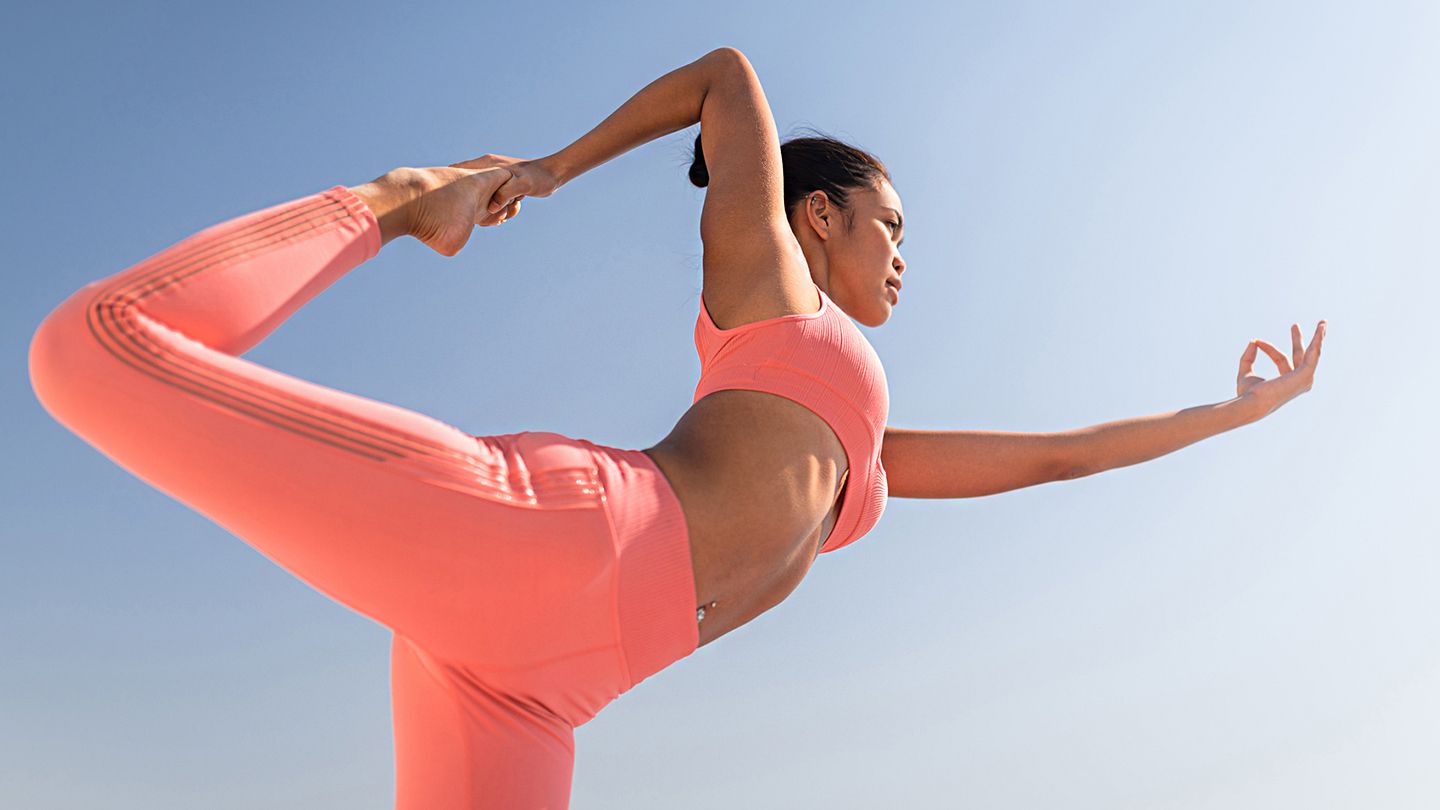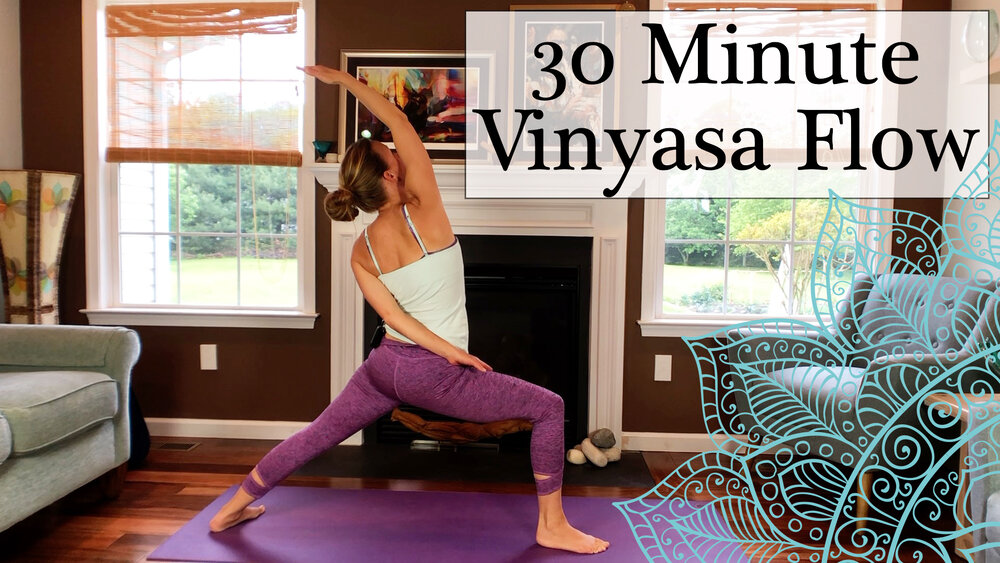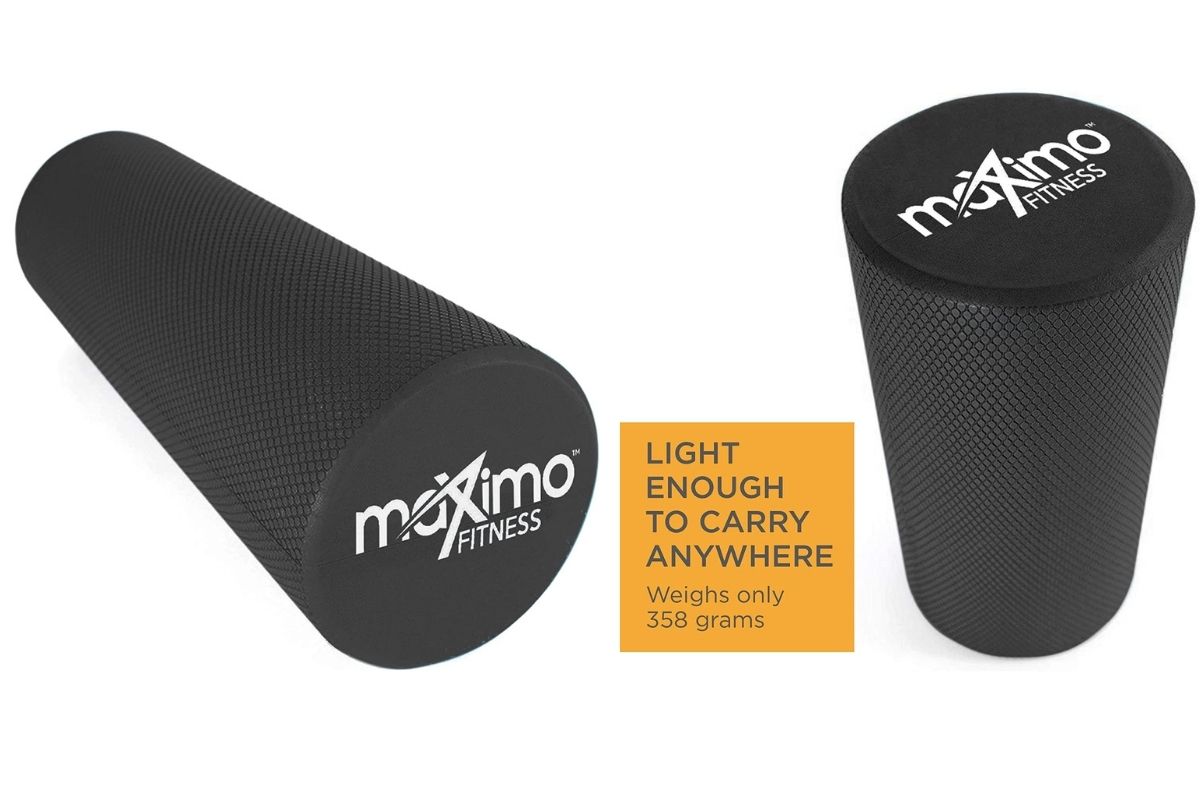
Yoga that promotes hypothyroidism is known for its many poses. These include Upward bow pose, Urdhva Dhanurasana, Bhujangasana, and Sarvangasana. The body's metabolism and thyroid hormone are controlled by the gland. These poses increase thyroid function and strengthen the neck. They are not recommended for patients with abdominal surgery, hernias or ulcers.
Upward bow pose
Many people find it difficult to hold the upward bow pose, especially those with hypothyroidism. This pose requires inner strength and flexibility, so it is not recommended for beginners. The pose stimulates the thyroid, and increases circulation in the neck. The pose must not strain your neck or shoulder.
Upward bow pose, or Sarvangasana, helps stimulate the thyroid gland and stimulate the heart and nervous system. It can also strengthen the back and relieve menstrual discomfort. You should only do it if you have some yoga experience, and be supervised by a certified instructor.
Urdhva Dhanurasana
Urdhva Dhanurasan is a yoga asana that helps the body get more blood to the thyroid gland. It is also good for stiff joints and muscles. Start by lying down on your back, and then fold your legs at your knees. Next, bend your knees and keep your toes pointed straight.

Urdhva Dhanurasan's adductor magnus muscles is vital. It works to make the hip extend and rotate, as well as open the chest. It also strengthens the shoulders and arms.
Bhujangasana
The Bhujangasana yoga position is a great way to stimulate your thyroid gland and improve your thyroid function. This stretch is done by stretching the neck and throat area, which increases blood flow to the area. This should not be done if you have back problems, hernias, abdominal surgery, or are suffering from any other medical conditions.
This yoga posture is great for stretching the neck, throat, back and increasing thyroid hormone production. You will need to lay on your stomach, then raise your upper body in a snake-like pose. You should perform this pose with the guidance of your teacher to ensure that you can breathe in sync with the movements.
Sarvangasana
Sarvangasana is a good choice when performing yoga poses for hypothyroidism. This shoulder-standing pose stimulates the thyroid gland and improves circulation to the area. To perform this pose properly, you should find a support that is comfortable for your lower back and legs, keep your arms and body straight, and breathe deeply through the nose.
Get medical advice if your thyroid condition is serious. Yoga can improve your situation and could even reduce your need for medication. It is important to consult a doctor before you stop taking medication.

Halasana
Halasana Yoga for Hypothyroidism is focused on yoga poses that stimulate the thyroid and improve circulation. These exercises are good for both hypothyroidism (hyperthyroidism) and menopause symptoms. The poses target the neck and spine and can be altered to suit your individual needs.
Halasana, or the plough pose, strengthens the spine and helps regulate thyroid hormone secretion. It relaxes the nervous system and helps release muscle tension. You will find that this pose is not only beneficial for stress relief but also helps with fatigue and stress.
FAQ
Can I do my own yoga?
Absolutely! There are many options for practicing yoga at home. Videos, DVDs and CDs are just a few of the many options available for practicing yoga at home.
You can even download free online yoga videos on YouTube. The best way to learn is with a skilled instructor.
Who would be most benefit from yoga?
The target market for yoga is people who want a better quality of life by improving their health and fitness levels. People who wish to improve their posture, flexibility, and balance.
They might also desire to lose weight and gain muscle mass. They might also be interested reducing stress and anxiety to achieve peace of head.
People with disabilities include arthritis, back problems, asthma, diabetes, heart disease, high blood pressure, insomnia, migraines, obesity, osteoporosis, rheumatoid arthritis, and spinal injuries. These individuals are particularly benefited by yoga.
What types of yoga do you have?
Bikram Yoga (Bikram heated) is the most widely practiced type of yoga. Other forms include Hatha, Ashtanga, Vinyasa, Iyengar, Kundalini, Yin, Power Yoga, Flow Yoga, Reiki, Pilates, Restorative, Aerial, etc.
How does yoga change your body?
Yoga helps you relax, stretch, and strengthen your core. You will also feel great. This is due to yoga improving flexibility, strength, stress management and overall health. This will result in improved sleep, concentration, and energy.
Yoga also increases blood flow, making you less likely to have colds and flu. Because yoga encourages deep breathing, oxygen to your brain is increased.
Yoga can relieve tension and pain. The postures are good for strengthening muscles and joints.
Therefore, you should practice yoga regularly to keep yourself healthy and happy.
What evidence does the research say about yoga for well-being?
Yoga has been proven to be beneficial in improving mental health and stress management, as well as overall well-being. It can help you lose weight, improve your body mass index (BMI), and keep you healthy.
Yoga can help reduce blood pressure, improve cardiovascular function and enhance immune system functioning.
These are only a few of the many benefits that yoga can bring.
You could go on and on.
Statistics
- About one in seven U.S. adults practiced yoga in the past 12 months, according to a 2017 national survey. (nccih.nih.gov)
- According to calorie estimates calculated at Harvard Medical School, the average 125-pound person burns about 120 calories in a half hour of hatha yoga, and a 185-pound person burns about 178 calories in that half hour. (everydayhealth.com)
- In comparison, a 125-pound person is estimated to burn 135 calories in 30 minutes of walking (at a pace of 15-minute miles) and 210 calories bicycling at a moderate pace on a stationary bike. (everydayhealth.com)
- Lock in 25% off your Founding Member rate. (corepoweryoga.com)
- The American Psychological Association recently shared that 84% of American adults feel the impact of prolonged stress (5). (healthline.com)
External Links
How To
Can I do yoga during pregnancy?
Pregnancy can affect your ability to do certain poses safely. You should always consult your doctor before starting a new workout program.
There are still many poses that you can do during pregnancy. These are some tips to help you get started:
-
It is not a good idea to lift heavier than shoulder-level weights for pregnant women. Instead, consider dumbbells or resistance bands that are lightweight.
-
Avoid deep twists, as these could put pressure on your belly.
-
You should avoid backbends, at least until you give birth. They can strain your lower back.
-
You should not lie down on your stomach, or cross your legs, until you give birth to your baby.
-
Make sure you have your doctor cleared you to perform inverted poses (e.g., headstands or handstands).
-
Do not exceed 30 minutes of practice per day.
When you're ready, you can continue doing yoga throughout your pregnancy. Your doctor will advise you on when you are ready to practice yoga.